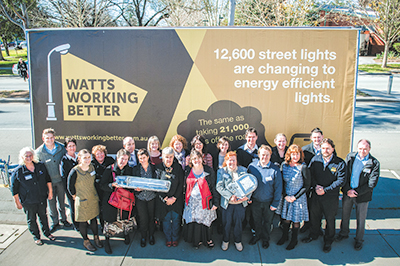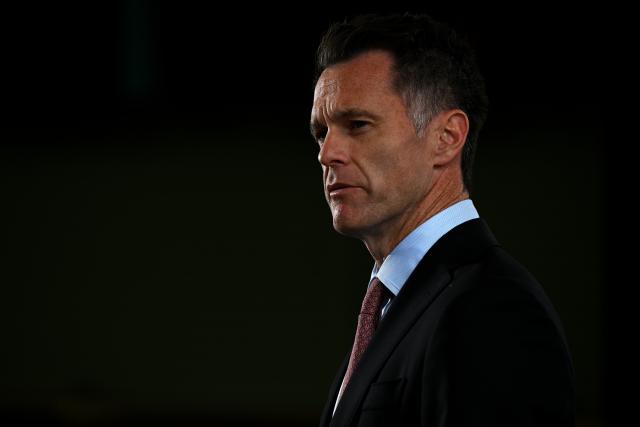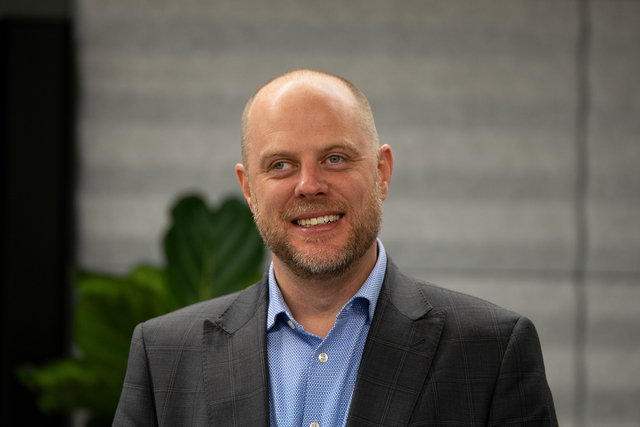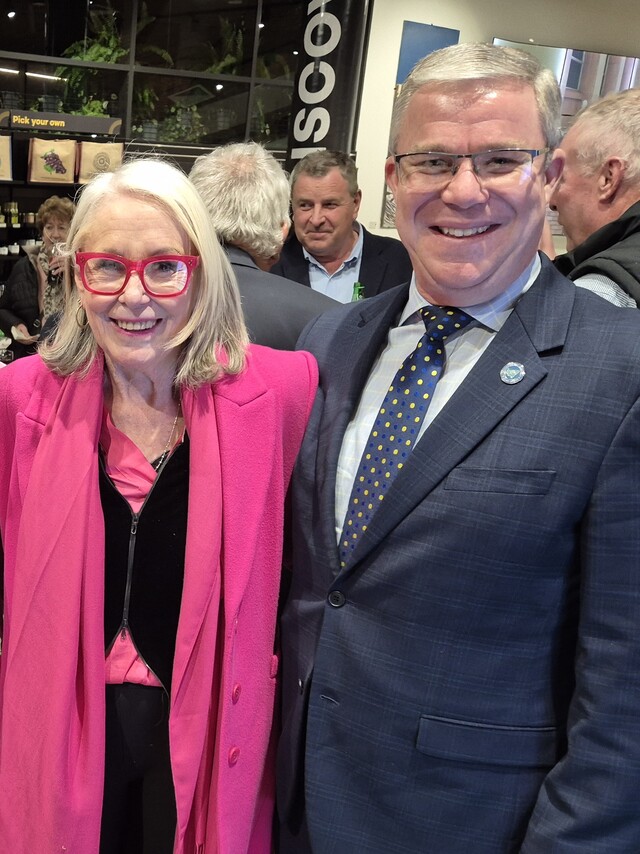Over the last few years, eleven Victorian councils have worked in tandem to upgrade to energy efficient street lighting – and to ensure the old lights were recycled.
Street lighting represents the single largest source of greenhouse gas emissions for many councils, and is the single largest component of councils’ electricity costs.
The Watts Working Better (WWB) street light upgrade was a landmark green investment that saw over $2 million directly leveraged from participating councils and $2.95 million secured in funding from the Australian Government to make the switch to energy efficient street lighting.
The project spans 11 councils and is the second largest collaborative street lighting retrofit project in Australia. Watts Working Better successfully replaced over 13,600 energy inefficient mercury vapour lamps in residential streets with T5 fluorescent or LED lights.
The switch will reduce carbon emissions by 106,700 tonnes over the next 20 years. In addition to environmental gains, the upgrade will save an estimated $1.08 million annually in maintenance and electricity costs across partner councils.
Launched in 2013, the project stretched several years and concluded in May this year.
Coordinated by the Goulburn Broken Greenhouse Alliance, the project involved the partner councils of Campaspe, Greater Shepparton, Moira, Benalla, Strathbogie, Wangaratta, Mansfield, Murrindindi and Mitchell, with Indigo and Towong Shire Councils also coming on board in the later stages.
Led by Greater Shepparton City Council, the project relied heavily on collaboration to achieve significant sustainability inroads.
The project’s triple bottom line benefit was a unique element and saw important community outcomes achieved through its recycling component whereby the old lights were dismantled and recycled.
This aspect saw 98.5 percent of old lights recycled through a partnerships with Foott Waste and ConnectGV, a community organisation providing people with a disability an opportunity to gain pre-vocational skills, which allowed old lights to be pulled apart and recycled while also providing opportunities for meaningful training.
Additional intricacies of the project included the multi-council procurement and governance structure across two distribution network service provider regions. Also significant was the opportunity for economically diverse councils, including very under-resourced ones to partner to collectively realise the benefits for their communities of joint planning, procurement and coordinated project management within and outside the region. Without this regional partnership of councils leveraging from an existing council sustainability alliance WWB would not have been possible.
The project’s leadership, innovation and replicability was recognised in the Victorian Premier’s Sustainability Awards as the winner of the Built Environment category in 2015.








